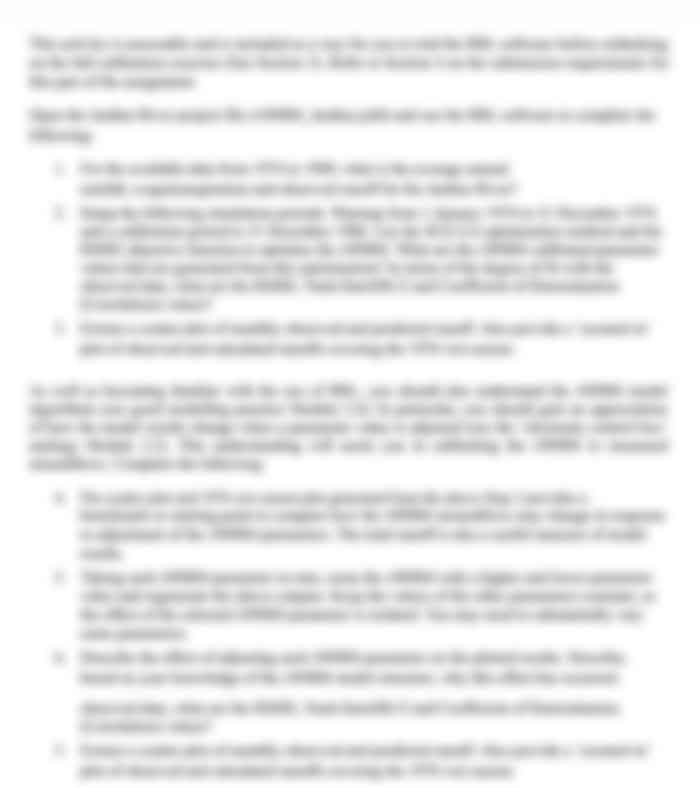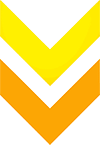MMM276 - Design Thinking Research Report
- University :
Deakin University Exam Question Bank is not sponsored or endorsed by this college or university.
Description
Purpose
This task provides you with opportunities to apply the main principles and tools of creativity, innovation, and design thinking by critically reflecting on the application of design thinking principles and their impact on stakeholders (ULO1; ULO2; GLO1; GLO4). By completing this task, you will develop your skills in researching, understanding, applying, evaluating, and presenting information required for Design Thinking principles and related concepts such as creativity and innovation.
Context/Scenario
For this task, assume you are applying for a graduate role in your chosen organisation, and you must prepare and submit a business report showing your deep understanding of Design Thinking principles as a major tool related to problem solving, creativity, innovation in organizational context.
Specific Requirements
In terms of the structure, please organize your individually written report based on the following sections (1 to 3):
- Introduction. This section is about aim of the report and explaining the structure of the report (for example, what comes next in the report).
- Reflections about creativity, innovation, and design thinking. This section is the core of your report. Please addresses the following two main questions:
2.1. Whatwere the main concepts and tools that were covered during Week 1 to Week 5 of the unit?
Hint 1:In this part, you are expected to provide an overview of the main concepts, theories, and empirical toolkits that were covered during Week 1 to Week 5 during lectures, seminars, and also learning materials (readings and videos). A non-exclusive list of examples can be: the creativity at individual level, creativity at team level, the difference between creativity, innovation, discovery and design thinking, types of innovation, degrees of innovation, tools for creativity and innovation, design thinking tool, and the linkages between all these topics (i.e. how they relate to each other).
Hint 2:Strongly avoid copy-and-pasting materials from the units such as lecture slides, seminars, etc. Paraphrase the unit materials and use your own wording, figures, and tables.
Hint 3:You may devote half of your report to address this question.
2.2. Is there any tool(s)/concept(s) during week 1 to 5 that you want to applyit later in your future creativity and innovation journey? Why? And how?
Hint 1: In this part, you need to provide your own reflections. This means self-reflection about all those above topics that you briefed in addressing the question 1 above, by providing further elaborations and providing few own examples (not mentioned in the units lecture slides). These further elaborations and own examples should show whatconcepts and tools you particularly liked or could related to during weeks 1 to 5, whyyou liked them or can related to them, and howyou want to apply them in your future creativity and innovation journey. When it comes to tools, focus more on creativity and innovation (and not Design Thinking tools, as they are only briefly covered so far in the unit).
Hint 2:You may devote half of your report to address this question.
- Concluding remarks. In this final section of the report, briefly wrap up and summarise what you have written in this report.

